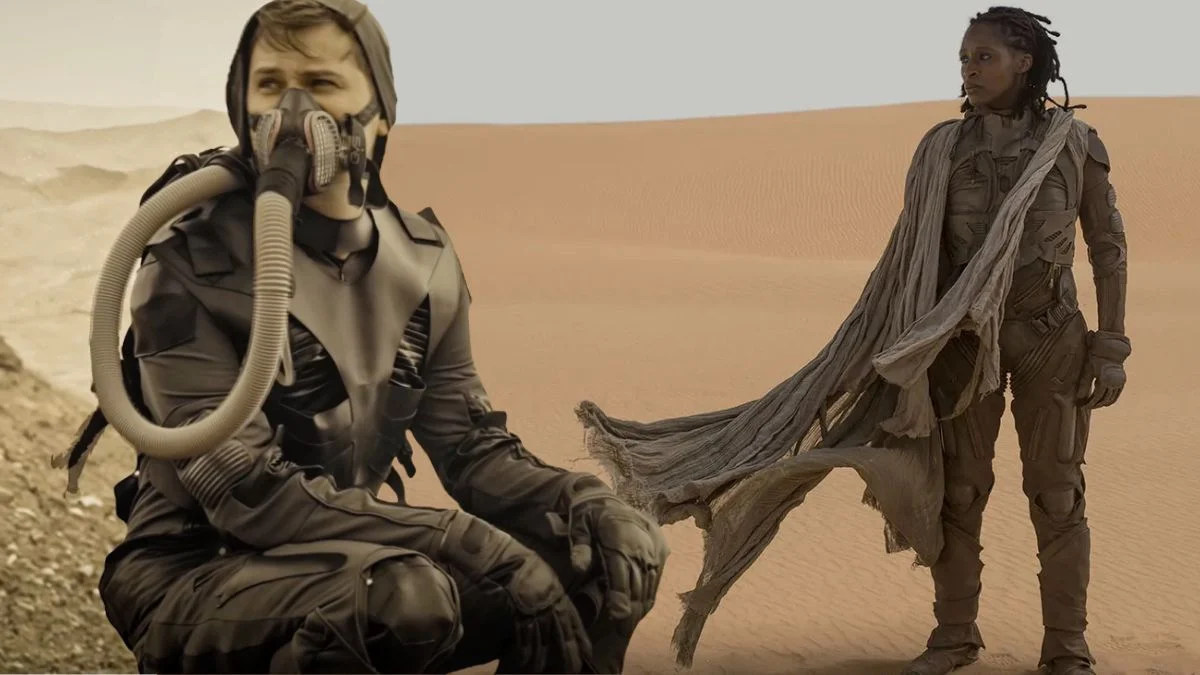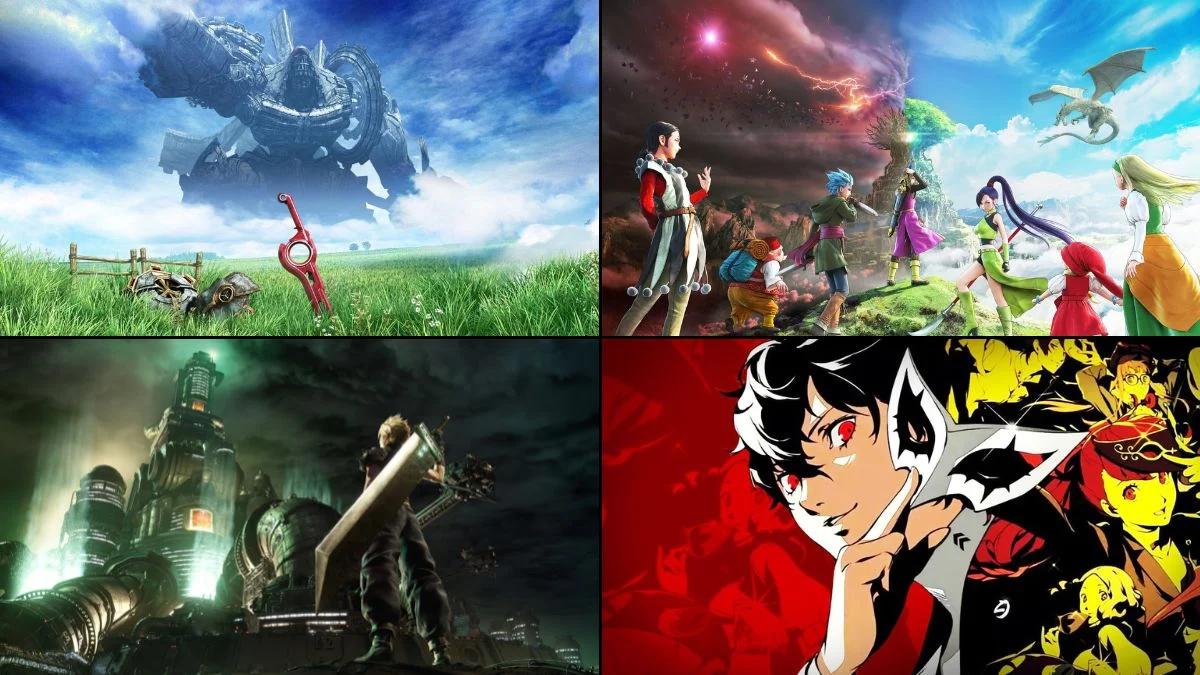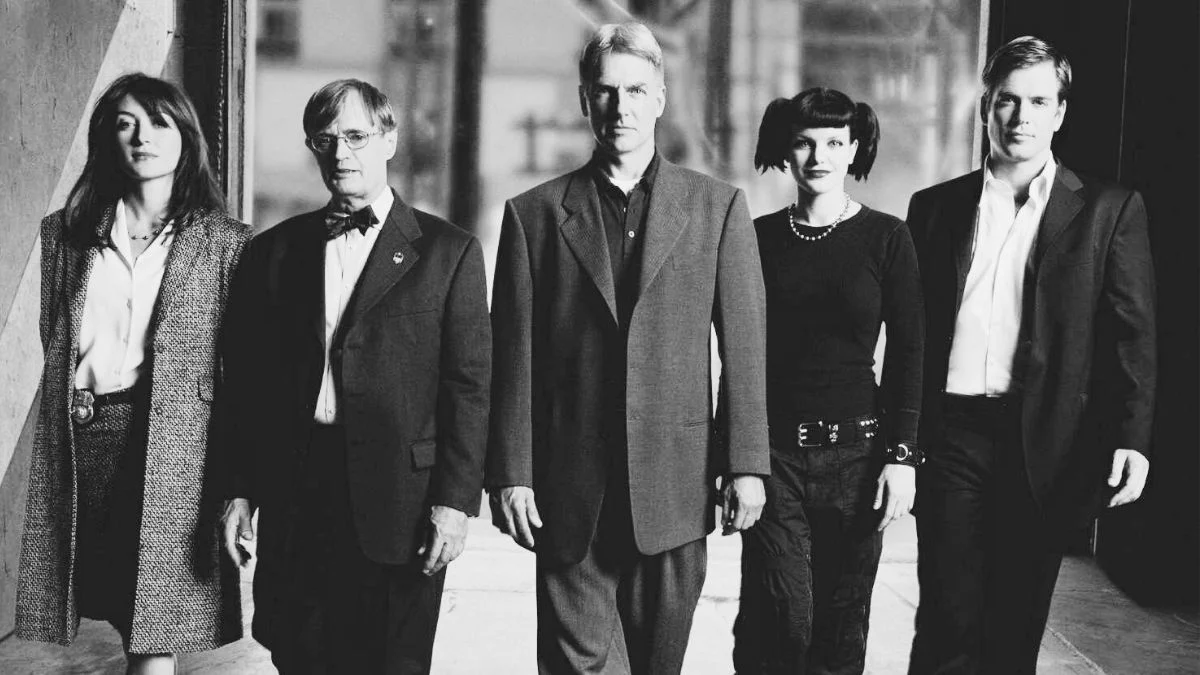Edward Elric is the youngest State Alchemist in Amestris, a national alchemist who earned his certification after demonstrating uncommon skill in practical and theoretical transmutation. He travels widely across the country in both ‘Fullmetal Alchemist’ and ‘Fullmetal Alchemist: Brotherhood’, investigating alchemical incidents and following leads on a way to restore his brother Alphonse’s body. His code name Fullmetal comes from his prosthetic limb technology and not from any metal based specialty.
Across the manga and both anime adaptations, Edward’s story centers on the consequences of a failed human transmutation that cost him an arm and a leg and cost Alphonse his entire body. Their journey ties into military politics in Central, the origins of homunculi, and the history of Xerxes, while also highlighting how applied science and ethics collide in a world where matter can be rewritten with enough knowledge and resolve.
Youngest State Alchemist in Amestris
 Bones
BonesEdward receives his State Alchemist title at a younger age than any predecessor, a milestone that gives him direct access to research libraries, classified case files, and state funded travel. The certification process includes a practical exam and a written assessment of alchemical theory, which he passes through a demonstration of field ready transmutation rather than purely academic work.
Holding the title places him under the command structure of the Amestrian military, which brings both resources and oversight. He is required to report findings to Central Command and accept assignments that range from routine inspections to high risk investigations, and he uses the bureaucracy to pull documents, requisition materials, and trace the movement of prohibited research.
Circle free Transmutation
 Bones
BonesAfter encountering the Gate of Truth, Edward performs alchemy without drawing transmutation circles, a technique that compresses the setup phase into direct contact and intent. This allows him to reshape terrain, reinforce structures, and disarm opponents with faster reaction time than circle bound practitioners.
His method still follows conservation of mass and the three stage process of understanding, deconstruction, and reconstruction. By eliminating the circle as an external scaffold, he relies on precise mental modeling, which is why miscalculations can still fail if the material composition or internal stresses are not fully accounted for in the reconstruction.
The Automail Advantage
 Bones
BonesEdward’s right arm and left leg are advanced automail prosthetics that integrate mechanical joints, lightweight alloys, and nerve linkage through surgical ports. The design supports fine motor control for daily tasks and enough torque for combat level impacts, with routine maintenance required to prevent microfractures and alignment drift.
He works with the Rockbell family to upgrade components for climate and mission needs. Cold weather can cause contraction in metal frameworks and affect response time, so he switches lubricants and tolerances before northern deployments, and he can swap parts after damage as long as a workshop and tools are available.
Field Alchemy as Combat Engineering
 Bones
BonesEdward treats battlefields as mutable environments, converting stone, soil, and debris into shields, pillars, and restraints. He often reinforces the ground to control footing, opens trenches to redirect movement, and creates cover by raising walls that match surrounding material densities.
He also uses transmutation to deconstruct weapons into harmless forms or to reconfigure his automail forearm into simple striking shapes. Because transmutation consumes time and concentration, he positions actions to break lines of sight, and he chooses low complexity geometries that can be executed with minimal error under pressure.
Commitment to Equivalent Exchange
 Bones
BonesEquivalent Exchange is the guiding principle of his practice, stating that reconstruction requires value equal to what is deconstructed. Edward tests this rule through study of ancient case records, personal failures, and later encounters with the Philosopher’s Stone, which bypasses normal input requirements by storing transmutation energy.
Even when confronted with methods that appear to ignore cost, he documents the hidden inputs, whether they are embedded arrays, external energy sources, or unethical substrates. This approach shapes his decisions about which techniques to pursue and which to refuse, and it frames his conversations with scientists and soldiers who prioritize results over provenance.
Partnership with Alphonse Elric
 Bones
BonesEdward’s work is intertwined with Alphonse, whose soul is bound to a suit of armor following the failed transmutation. Their division of labor leverages Edward’s immediate alchemy and Alphonse’s endurance and reach, allowing them to combine reconnaissance, protection, and rapid construction in a single team.
Information gathering is a shared effort, with Alphonse interviewing civilians who may be intimidated by uniforms while Edward negotiates with officials who respond to a State Alchemist’s credentials. Their coordinated tactics appear throughout ‘Fullmetal Alchemist’ and ‘Fullmetal Alchemist: Brotherhood’, from city investigations to fortress infiltrations.
Ethical Stance on the Philosopher’s Stone
 Bones
BonesEdward investigates the Philosopher’s Stone as a theoretical solution to restore Alphonse, then reconstructs its origin by tracing documents, supply chains, and restricted laboratories. The discovery that stones are produced through human lives reframes the tool as a prohibited technology in his operational plan.
When confronted with existing stones, he treats them as forensic evidence rather than upgrades, focusing on containment, analysis, and dismantling. This stance influences how he interacts with Ishvalan survivors, scientists in Central, and homunculi who treat stones as renewable assets, and it affects the choices he makes during critical operations deep inside the capital.
The Gate of Truth and Knowledge Costs
 Bones
BonesEdward’s exposure to the Gate of Truth provides a direct influx of alchemical knowledge, including structural diagrams and transmutation logic that normal study would take years to assemble. The process extracts a physical price while also embedding a personal understanding of how information is acquired in this world.
He applies this knowledge to reverse engineer arrays, translate glyph variants between regions, and identify where a diagram encodes a trap. The experience clarifies the difference between memorizing procedure and grasping underlying rules, which is why he can improvise effective solutions when presented with unfamiliar materials.
Linguistics and Research Habit
 Bones
BonesEdward reads and cross references multiple sources, moving between military records, personal journals, and technical manuals. He deciphers regional scripts and archaic notes to reconstruct events that officials have redacted, and he keeps notebooks that categorize transmutation arrays by function and material class.
This habit supports his ability to detect forgeries and to verify claims made by researchers who hide methods behind jargon. When he reaches a dead end, he maps relationships among witnesses, locations, and supply routes, which often reveals indirect evidence for hidden laboratories or smuggling networks tied to illegal experiments.
The Title Fullmetal and Public Identity
 Bones
BonesThe moniker Fullmetal identifies him within the military roster and among civilians, which simplifies introductions and also creates misunderstandings when people assume it describes an alchemical specialty. He uses the title to open doors in administrations that require official credentials, and he manages the public expectations that follow a State Alchemist on assignment.
Being a known figure carries operational tradeoffs. It helps when gathering statements in towns that respect the uniform, and it complicates missions where discretion is needed. He mitigates this by coordinating with allies who can operate without attention and by presenting the Fullmetal identity only when its authority will move an investigation forward.
Presence Across Multiple Adaptations
Edward’s story spans the manga, the ‘Fullmetal Alchemist’ anime with its original second half, and ‘Fullmetal Alchemist: Brotherhood’ which follows the manga’s full plotline. He also appears in the animated films ‘Fullmetal Alchemist The Conqueror of Shamballa’ and ‘Fullmetal Alchemist The Sacred Star of Milos’, each adding setting details and new research notes to the broader world.
These versions align on his core methods while diverging in geopolitical outcomes and character arcs, which gives a fuller picture of how Amestris functions and how alchemy is regulated and practiced. Viewers can track consistent elements like automail maintenance and circle free transmutation, then compare how different events shape the same investigator across timelines.
Tell us your favorite Edward Elric detail in the comments so we can keep the discussion going.

.jpeg)























.jpeg)













 English (US) ·
English (US) ·